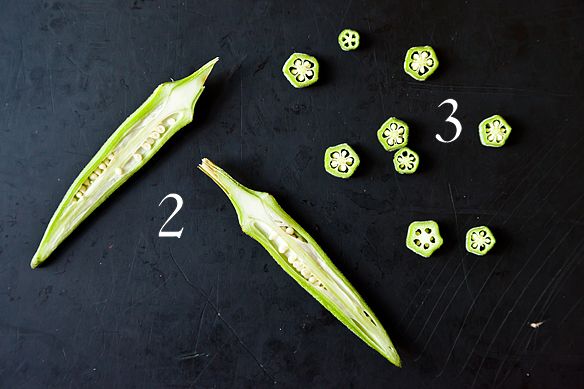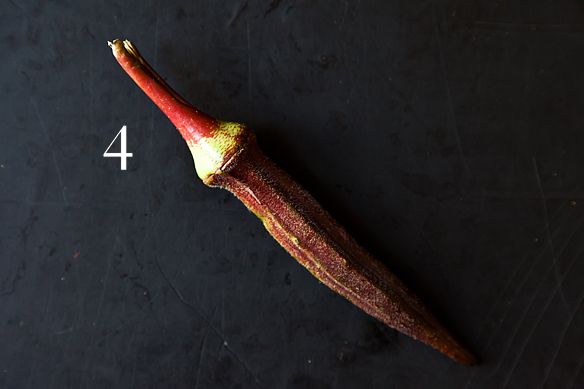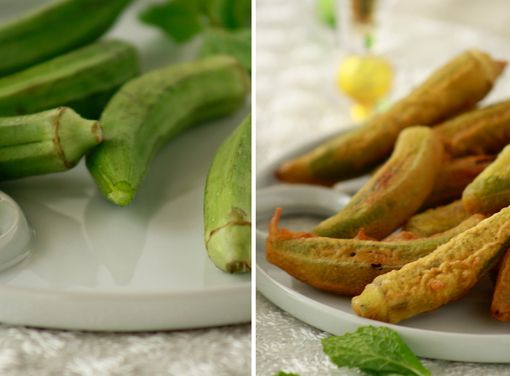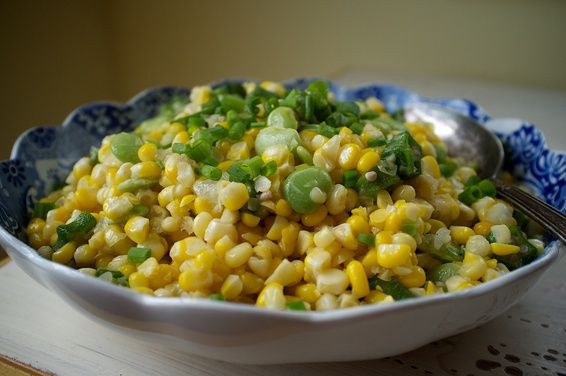Popular on Food52
7 Comments
pierino
August 30, 2012
I love okra and I don't mind the slime. Bring it. I'm a bit of a skeptic though on the advice about not using cast iron to cook it. Traditionally gumbo is cooked in a well seasoned, cast iron gumbo pot with no harm. Same for deep fried okra. A shout out to my friends in New Orleans after Issac. I hope you are well.
aneelee
August 30, 2012
this is the summer that i finally figured okra out. the trick for our house is blasting it at a high enough temp to keep it from getting all gooey. under the broiler in the oven with a little salt, pepper, paprika and cumin makes it snackable. never even makes it to the dinner table.
salsachick
August 30, 2012
They are also fun for children to use as stamps with paint to make lovely patterns.
salsachick
August 30, 2012
Hello, I live in Tobago in the Caribbean and ochro (as we call it) is a staple. Everyone has them in their fridge ALL the time. One of our Sunday staple dishes is called callalloo which is a combination of dasheen bush (which are the leaves of the taro plant) or spinach, ochro, coconut milk lots of herbs and a hot pepper (Scotch Bonnet) to top it off. Boil everything together, take out the pepper of course, and when the spinach leaves are cooked swizzle it all up. (ever heard of a swizzle stick?) and you get a healthy, rich-in-iron, tasty meal. Some people even put salted beef or pork in it too. Delish. Ochro and rice is also delicious and healthy packed with veggies like carrots, pumpkin, sweet peppers and any meat of you choice. It's like a risotto!
healthierkitchen
August 29, 2012
I've been grilling them in a holey pan on my backyard grill. the char is delicious!
JORJ
August 29, 2012
I love okra, made some last night with some Indian spices (mustard seeds, cumin seeds, ginger, turmeric) -- I find that if you saute them at a high heat it seals in their sliminess... But I also really like just quickly roasting them in the toaster oven with some salt and pepper for a little snack as I'm cooking dinner.







See what other Food52 readers are saying.